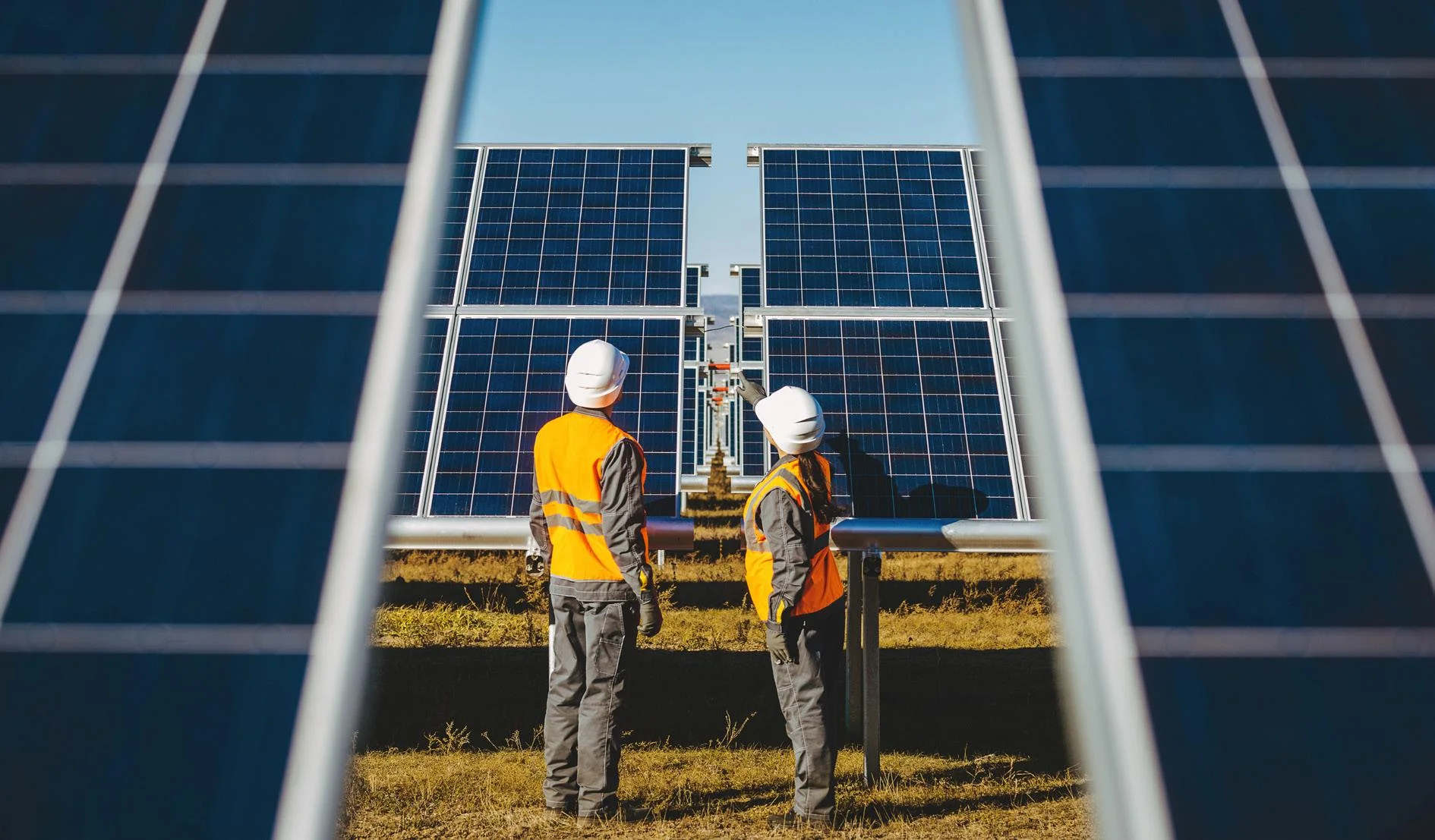EAIF commits c. USD 19 million senior secured debt for 20MW solar PV power project in north-western Uganda

Dubai, 5 December 2023 – The Emerging Africa Infrastructure Fund (EAIF), a Private Infrastructure Development Group (PIDG) company, has committed c. USD19 million to a new 20MW solar PV project designed to provide clean, affordable energy for one of the most remote and underserved regions in north-western Uganda. The financing was concluded during COP28 and advances progress towards the goals of the Summit, contributing to SDG 7 (affordable and clean energy) and §SDG13 (climate action). The project delivers significant climate impact as it reduces reliance on the expensive and highly polluting thermal (Heavy Fuel Oil) power currently used to service peak demand in the West Nile region.
Ituka is a powerful example of the PIDG strategy in action, demonstrating the technical and financial viability of innovative low carbon and climate resilient infrastructure in low income and emerging markets of Africa and Asia. The EAIF team supported AMEA Power to structure the transaction, overcoming a series of technical and financial challenges to ensure the project was bankable as the developmental impact would be transformative for local communities.
The project involves the development, construction, and operation of a 24MWp/20MWac solar PV power plant in Ombachi, around 400km from Kampala in the north-western part of the country, bordering DRC and South Sudan. Uganda has one of the lowest electricity access rates in sub-Saharan Africa and the West Nile region is one of the regions in the country with the most acute need for quality infrastructure development.
Demand for electricity in West Nile is estimated to be around 13-15 MW, but it currently can supply less than 7MW. The region will be connected to the national grid for the first time in 2024, enabling communities and businesses currently grappling with frequent load shedding and blackouts to become more productive and resilient. The West Nile region is expected to see an increase in demand for clean and affordable power, including a gradual build-up of load from ancillary industries and increased SME activities. The Ituka power plant will play a transformative role in enabling historically underserved communities.
EAIF has a successful track record of financing solar power projects in Uganda, with the 10MW Tororo Solar PV plant and the 10MW Soroti solar plant already operational and collectively serving around 159,000 people and their communities in Uganda.
Ituka West Nile Uganda Limited has entered into a 20 year Implementation Agreement with the Government of Uganda and the project will sell power to Uganda Electricity Transmission Company Limited, based on a 20 year Power Purchase Agreement (PPA). The project has been developed by AMEA Power, a fast growing renewable energy company in the region with a successful track record and a clean energy pipeline of over 6GW across 20 countries. AMEA Power will be the sole equity provider to the project, whilst EAIF will be the sole lender.
The development of solar power is strategically aligned with the Government’s Vision 2040, designed to expand generation capacity and reduce dependence on hydropower by diversifying its energy generation mix. The National Development Plan (NDP) III, which operationalises the government’s Vision 2040 strategy, focuses on 2 main objectives for the power sector: increasing access and use of electricity and increasing generation capacity. Targets include increasing the proportion of the population with access to electricity from 24% to 60%, increasing per capita electricity consumption from under 100 kWh to 578 kWh and nearly doubling the total length of transmission lines from 2 354 km to 4 354 km.
Commenting on the transaction, Paromita Chatterjee, Director at Ninety One, the Fund Manager of EAIF, said “We are excited to partner with AMEA Power to develop the Ituka power plant and bring the communities of West Nile affordable access to clean energy, enabling them to thrive and reducing dependence on expensive, carbon intensive HFO power.”

